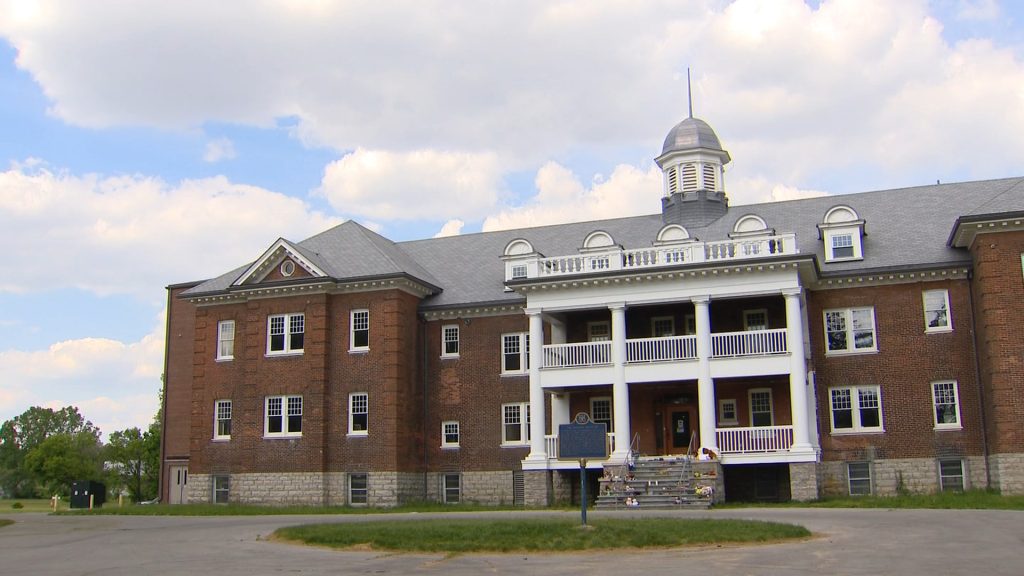A new interpretive cultural centre is set to officially open in Brantford, Canada, at the site of the former Mohawk Institute Residential School. This initiative aims to illuminate one of Canada’s darkest chapters and promote education and understanding surrounding Indigenous culture.
The Mohawk Institute Residential School, which operated for over 140 years, was responsible for the forced removal of thousands of Indigenous children from their families and communities. The new centre serves to honor the children who were subjected to the institution and preserve their truth. Roberta Hill, a survivor of the Mohawk Institute, emphasized the importance of recognizing this history, stating, “What I’m seeing in this building today is our history. This is also Canada’s history.”
Heather George, the executive director, highlighted the centre’s intention to allow visitors to imagine placing themselves in the footsteps of the children who attended the school, encouraging personal reflection. The Mohawk Institute, known as the first and longest-running residential school in Canada, finally closed its doors in 1970 and later reopened as Woodland Cultural Centre.
As the building fell into disrepair over the years, the cultural centre and the surrounding community took steps to preserve the site to maintain evidence of the traumatic history experienced within its walls. George remarked on the significance of remembering that the survivors were merely children during their time at the institute, often as young as six or eight years old. The centre allows visitors to walk through reconstructed spaces such as classrooms and laundry rooms, highlighting the daily life of the children who were forced to attend the school.
Firsthand accounts from survivors are accessible, providing unique insights into what life was like at the residential school. Hill, who arrived at the institute in 1957 at the age of six alongside her five siblings, reflected on the profound trauma experienced by the children. She stated, “I don’t think anybody can accurately understand the trauma we went through. We can tell you. Hopefully, there is somebody [who] understands what we went through but it was a pretty devastating time for a lot of kids.”
The experience is also poignant for the survivors’ families, allowing children of survivors to catch a glimpse of their parents’ childhoods. Waneta Davidson shared that her mother attended the Mohawk Institute from Tyendinaga, a First Nations reserve on the Bay of Quinte, in 1949 with her siblings. Davidson expressed her feelings upon her first visit to the site, stating, “Coming here, it’s basically my first time being here since they’ve been gone and I find it’s heavy.”
During their time at the Mohawk Institute, the children were stripped of their names and instead assigned numbers, a practice that aimed to erase their identities. Davidson reflected on this aspect, noting how it helped her understand her mother’s strength and the necessity for her to mature quickly: “It makes me understand why she was the way she was. How you had to be so strong… you had to grow up so fast.”
Hill further articulated the detrimental impact of these institutions, stating, “These institutions…it wasn’t for our best interest. It was for the government and the church to destroy the identity of Indigenous children to take away the right to be who they were.”
The former Mohawk Institute interpretive cultural centre is set to open to the public on the National Day for Truth and Reconciliation, September 30. This site aims to serve as a reminder of the past and a beacon for education regarding Indigenous history and culture moving forward.












